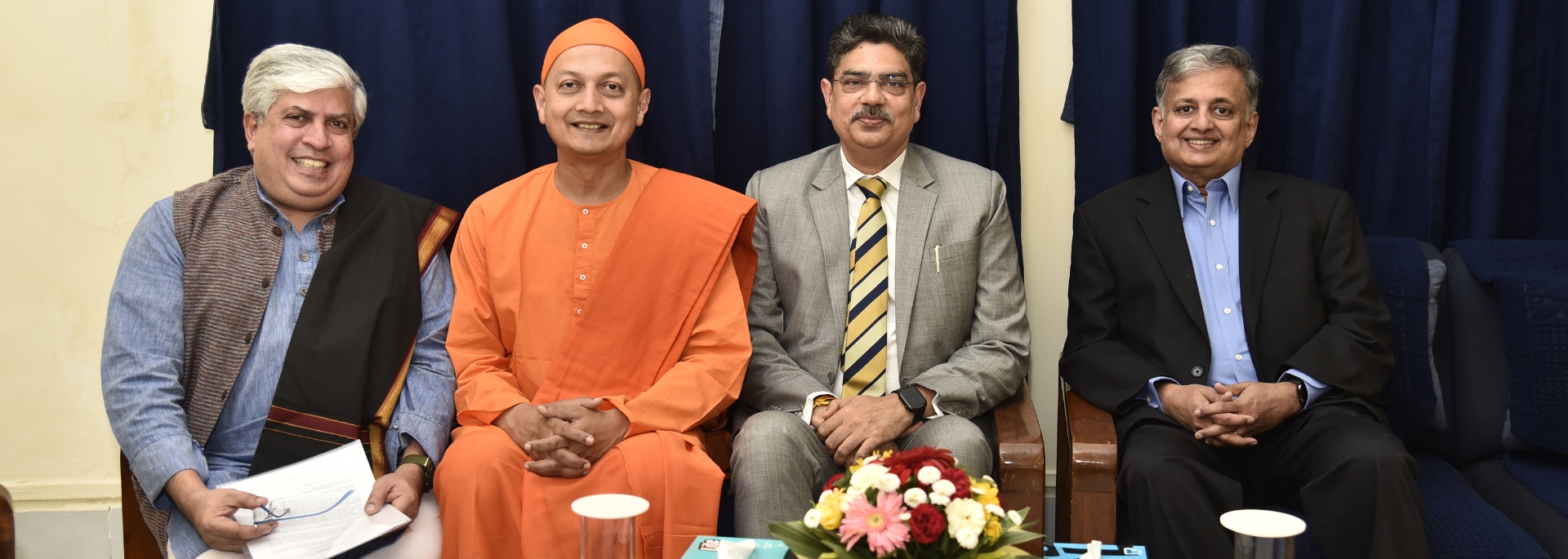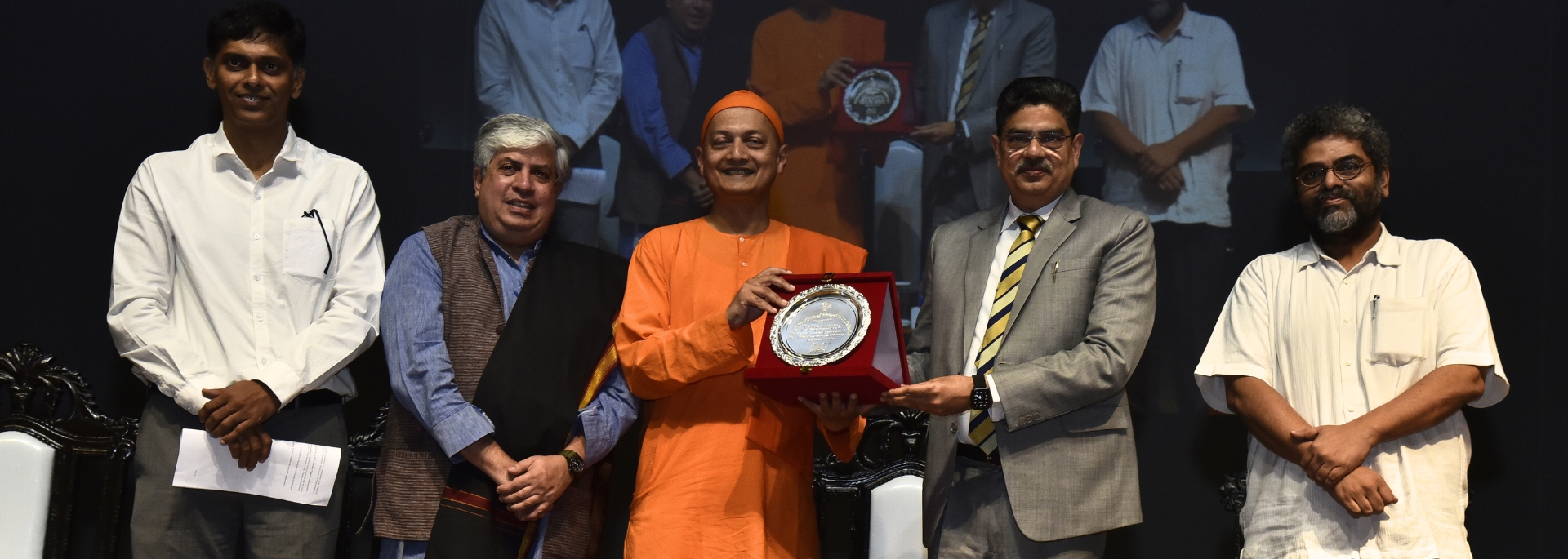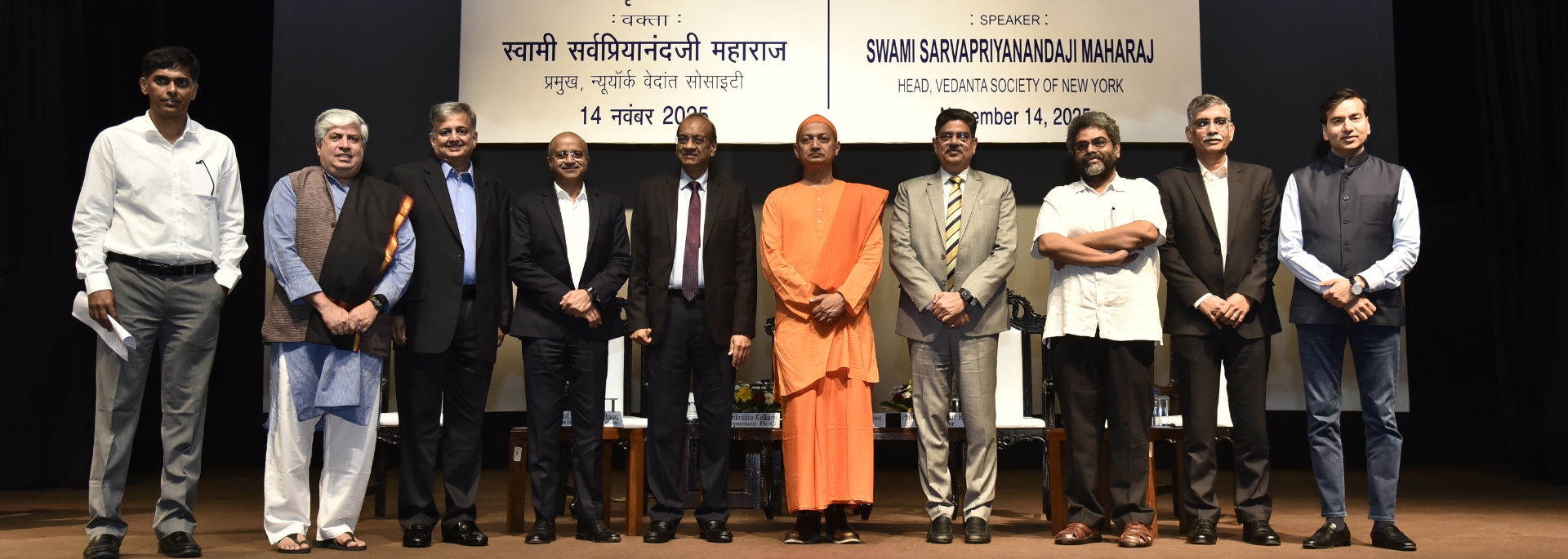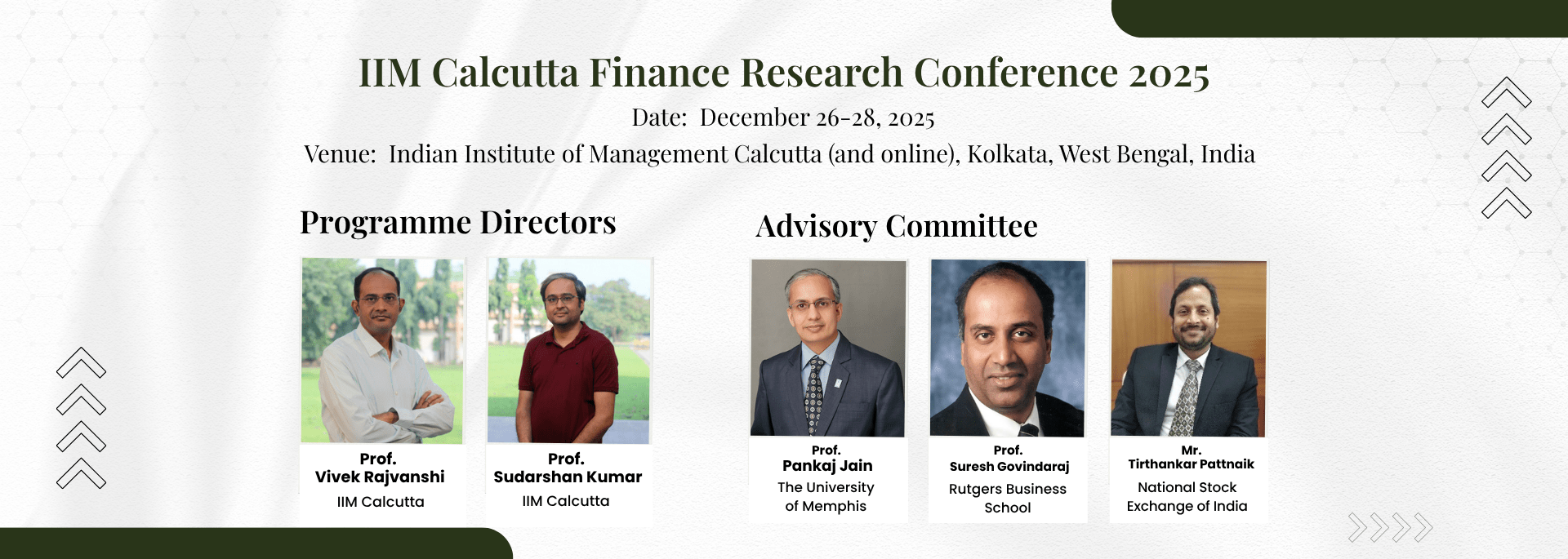
In April 1984, a full-page advertisement was issued by then Prime Minister Rajiv Gandhi, who was also the chairman of Indian National Trust for Art & Cultural Heritage (Intach), in all leading national dailies with the headline: 'Wanted - An Army Of Conscience Keepers'.
In Kolkata, it caught the attention of a mechanical engineer and IIM post-graduate. Though he knew little about heritage and conservation, the appeal struck a chord and he joined the "army". "I lived in Hastings and had seen the Gwalior Monument, Princep Ghat and the entire riverfront get vandalized. When the advertisement was published, a plan was afoot to destroy a water body next to my house. I was perturbed by what was happening around. So when the call for joining Intach came, I eagerly volunteered," recounted Gour Mohan Kapur.
At that time, there was a lot of apathy and even criticism of the need to retain old buildings. Awareness on conservation was non-existent. This was also the period when quality of architecture in the city touched new depths. Boxy buildings were being constructed with no aesthetics. Creativity had gone to sleep.
But once GM, as Kapur is more popularly known, began working, he discovered that there were people in the administration, particularly Kolkata Municipal Corporation, who were willing to listen. "Municipal commissioner Asim Barman was particularly open to the idea," said GM, who sat with civic officials to draft the amendment to the Municipal Corporation Act and incorporate heritage protection on the lines of a similar change in legislation that Intach had catalyzed in Mumbai.
"The amendment that Kapur helped make in the KMC Act was significant as was his contribution in listing heritage buildings in Kolkata," said KMC director general (buildings) Anindya Karforma. GM was also instrumental in stopping the demolition of Currency Building that once housed the Reserve Bank of India. The building was ultimately notified and handed to the Archeological Survey of India for renovation. Again, GM was in the forefront of stopping a commercial building next to Town Hall that would have marred its facade. And there are many such interventions by GM that has helped Kolkata retain its character.
GM played a key part in restoration of Princep Ghat memorial, a monument erected by the English with Greek and Gothic style pillars. "GM does work for heritage and genuinely feels for old building despite not being an architect or a conservationist," said conservation architect Partha Ranjan Das.
However, Kapur considers the setting up of an art conservation centre at his residence as one of his most significant achievements. "There was no institution in Kolkata that could be accessed easily by art collectors. We filled this space and provide owners of art objects, manuscripts, books, paintings, sculptures to get them restored. As an extension, we have set up a paper conservation laboratory in Netaji Museum and AJC Bose Museum," he said.
GM, who continues to work as a business consultant, says the passion for the city's heritage stems from his love for the city. "I had seen the deterioration of natural heritage of the city over the years. I felt this was the perfect platform from which heritage conservation could be taken up," he added.













